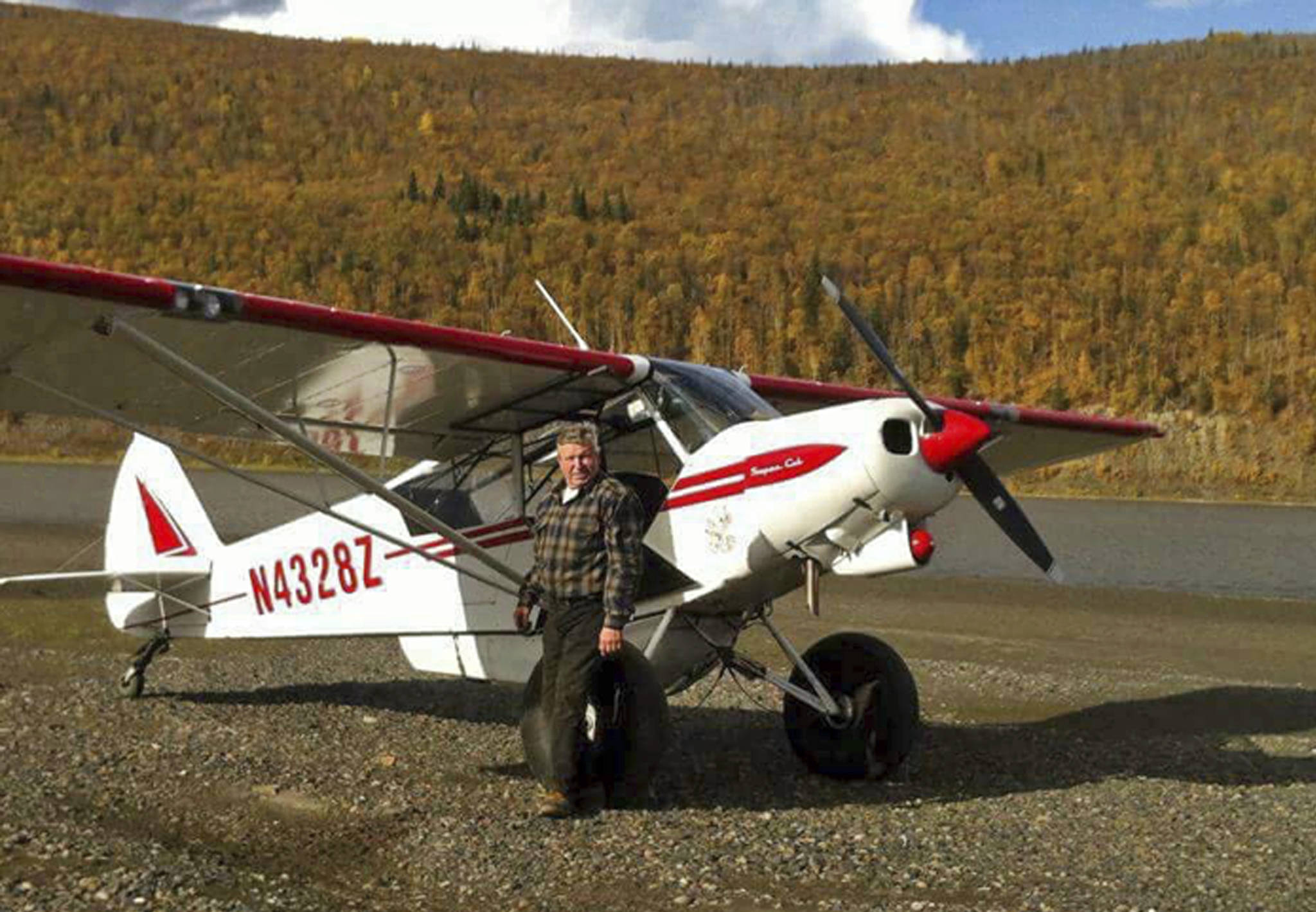ANCHORAGE — Dick Wilmarth, who won the initial Iditarod Trail Sled Dog Race nearly a half century ago, has died. He was 75.
Wilmarth died Wednesday after a battle with cancer, according to his daughter Rebecca Wilmarth.
“He was our first champion, and he will be dearly missed,” Iditarod spokesman Chas St. George said.
After winning the first Iditarod in 1973, he never took part in the race again.
He was once asked why he never raced again. “His response was very quick, and with a big smile, he said, ‘Cause I won,’” St. George said.
“He moved on to doing new things and different things,” his daughter added. “He liked to stay busy, and I think he figured one time was enough for him.”
Wilmarth was a 17-year-old Idaho logger who came to Alaska with his older brother, Larry, to fish out of Kodiak Island, Rebecca Wilmarth said.
“Somebody recommended he head out west, there’s a lot of undiscovered territory out there,” she said.
He settled in Red Devil, Alaska, located about 250 miles (402 kilometers) west of Anchorage, where worked for a mine and learned how to fly planes. He also did some trapping as a younger man, and became interested in mushing dogs.
Wilmarth was 29 when he and his friend, Bob Vanderpool, first heard about plans for a 1,000-mile (1,609-kilometer) sled dog race from Anchorage to Nome.
“We thought that would be a pretty neat thing,” Wilmarth told The Associated Press in 2001 while he sat in a tent in the ghost town of Iditarod, Alaska, welcoming mushers in that year’s race.
He put a dog team together a few months before the race, swapping goods for dogs in Alaska Native villages along the Kuskokwim River. He traded a .22-caliber rifle for a snowmobile, and then swapped that for five of his 12 dogs on the team.
Conditions for the first Iditarod in 1973 were nothing like they are today. He said shortly after the race began, there was no trail at all so he and sprint dog musher George Attla at one point put on snowshoes and cleared a path for the dogs.
The 1973 race began with 34 teams, and more than a third of them never finished the race.
Along the trail, there was almost a mass exodus when the temperature dropped to minus 50 degrees (-45.56 Celsius). Some other mushers came to him in the middle of the night to talk about turning back. They wanted the decision to be unanimous, he said.
Wilmarth didn’t even let them finish: “I told them, ‘I’m going to go to Nome.’”
Today, mushers pack food for their dogs and themselves, and it’s flown to checkpoints along the trail.
That didn’t happen during the first Iditarod, and Wilmarth told the AP that he got pretty hungry on the way to Nome.
To fight off hunger, he snared beaver for food and tried to steal fish from a trap, but nearly fell into the Yukon River instead.
He also didn’t get any help from villagers on the river.
“Those guys on the Yukon wouldn’t give me any food. They were rooting for their own guys,” he said.
“I was in better shape when I got to Nome,” he said.
He pocketed $12,000 for being the first musher win the rugged race across Alaska. It took him 20 days and 49 minutes, more than twice as long as Iditarod mushers today make the trek across the Alaska wilderness.
“It was a little bit of a different deal back then,” Wilmarth said. “Things were a little rougher.”

